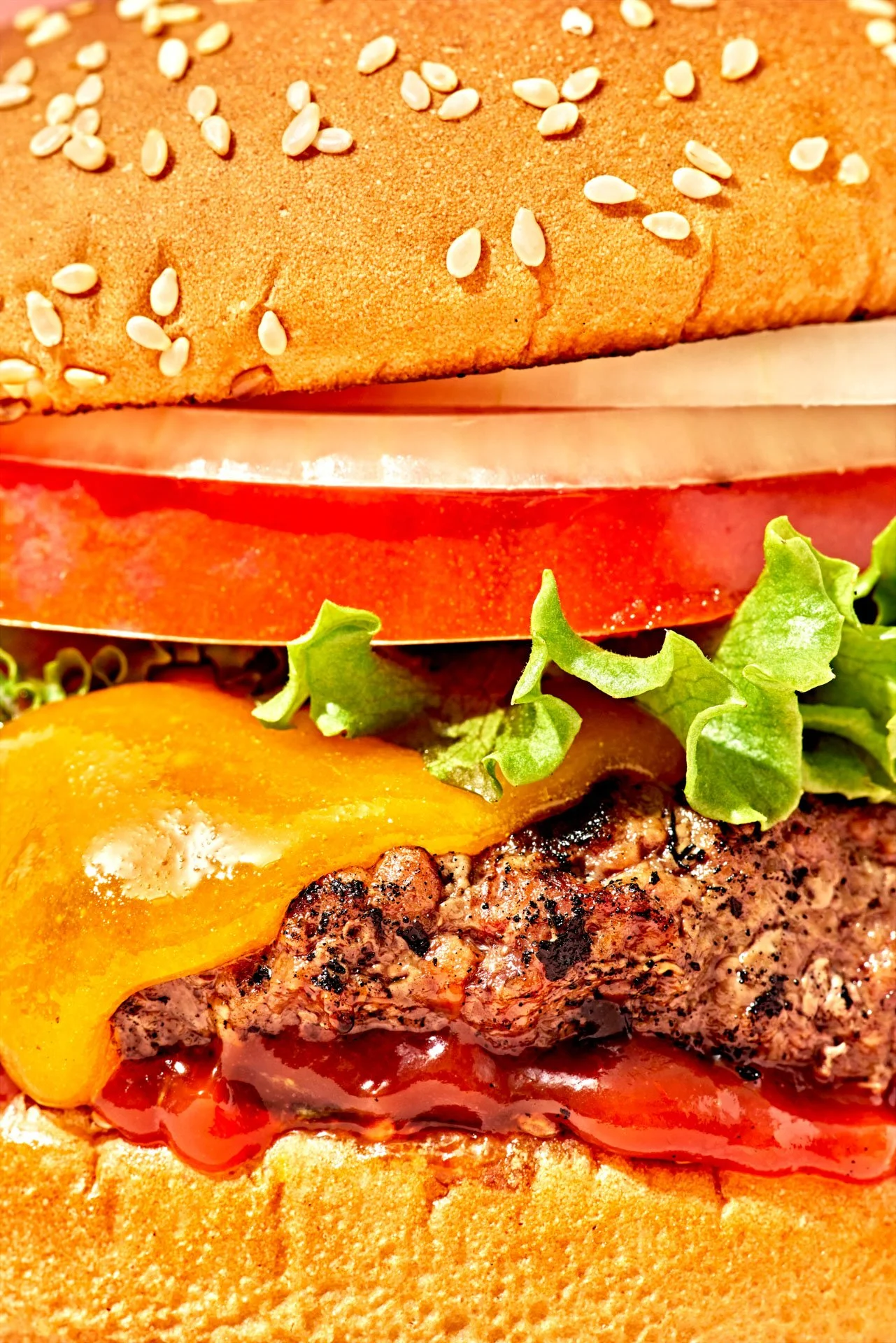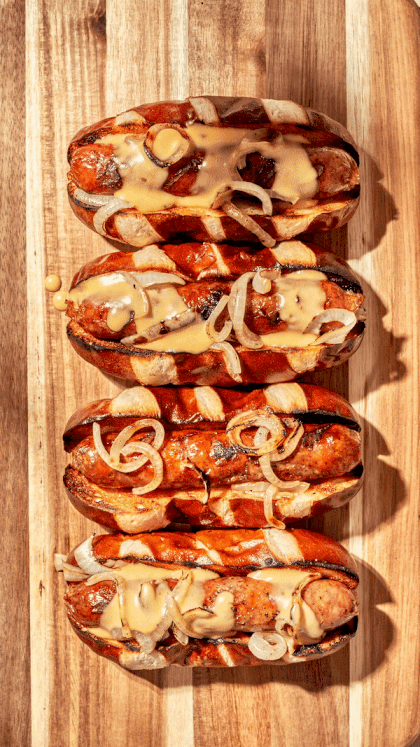There it is again. That mouth-watering chili’s commercial with the sizzling fajita platters lights up your living room as you pour your heart and soul into the skillet on your stovetop. You can’t help taking a peek. They taunt you with their sizzling glory— the wafts of steam and the vibrant mounds of color, meat and vegetables cooked to perfection. You return your gaze to the skillet in front of you, and the world has converted to grayscale. “What are these shapes, these blobs?” you ask yourself, “my cooking could never look that good,” you say. The kitchen timer reaches zero and you tremble as you scrape the contents of your skillet onto a paper plate. “This food doesn’t deserve the good plates and neither do I,” you think.
Don’t fret, young chef. Chili’s cannot hurt you, and you’re not alone in this darkness. Many homecooks suffer from anxiety induced from the unrealistic expectations propagated by images in food ads. They think that they couldn’t possibly make something look and taste as good as what they see on screen. Reality is— they’re right... but what they see on screen is often far from reality.
The magicians/chefs/artists/engineers behind these illusory dishes are called food-stylists. Hauling around a kit of tools far bigger and more impressive than Bob the Builder’s dinky carpenter bag, they carry the equipment necessary to turn a pathetic plate of food into a meal you’d take a bullet for. Often using inedible ingredients like motor oil, windex, or regular ol’ nasty tomatoes; food-stylists craft incredible, photo-worthy creations and are one of the pivotal reasons for the heightened appearance of food in advertisements. They are essential members of any crew assembled for a food-related production. Believe me, the level of expertise involved in making a modelesque philly cheese steak would leave you absolutely crumbfounded, fllabbergastro’d, astonwich’d, and would most likely even blow your rind.
As you can probably tell, the real purpose of food-styling isn’t to make the particular product exceptionally tasty, or even edible; it’s to trigger those biological receivers in your brain that signal this meal is going to hit the spot (in a primal way). They’re the same mechanisms that would’ve invigorated our ancestors to run across an entire savannah to chase down an ancient plate of spaghetti until it collapsed from exhaustion so they could tear it noodle from noodle.
At NFocus, shoots that require food styling and food stylists are our bread and butter, so we’re lucky to get frequent behind-the-scenes views of the magic at work. I once watched as one of our lovely food-stylists, Miki, “Mr. Miyagi’d” a whole turkey in less than an hour. It was nearly biblical; truly a sight to behold, and it would’ve put Martha Stewart to shame.
What really butters our biscuits, however, is getting to see all the cool tools and techniques involved in making meals camera-ready: frothing, thickening, stabilizing, coloring, sculpting, air-brushing, torching, freezing, melting, and freezing again, egg-cetera.
Let’s start simple and address the humble sub sandwich— a lunch staple from office break-rooms to beaches to construction sites, one of which you may have been craving because of a highway billboard on your morning drive. That photogenic italian sub on the front of that billboard is composed of precisely folded deli meats, expertly sliced tomatoes, delicately layered lettuce, and intentionally placed squirts of mayo. You know all this. It looks phenomenal, it’s fit for the runway. What you don’t know is that behind all of those carefully constructed ingredients is nothing but vacant bread.
In this case, only the camera side of the sub is dressed and ready so that all of the thoughtfully piled sandwich-materials have their fair share of real estate in the photo.
“So all this time, I’ve been given hungry thoughts by LIES between two pieces of bread?” you might think. To which I would politely point out— either way, the thing giving you cravings for a sub in the first place is just a picture of a sub on the side of a highway, so there’s no need to question what’s actually on the other side of the sandwich. Also, watch your tone.
The fact that a photo of a sandwich, or really any piece of food, can have such a penetrative effect on our behaviors and desires is actually pretty incredible. Not only is the subject [insert food item], suspending our collective disbelief that it’s a real, actual [reinsert food item]; it’s doing so despite being displayed on a flat, two-dimensional medium. Food-styling plays a huge role in artfully constructing this illusion. Even when we are fully aware that it’s 1. An advertisement, 2. A two-dimensional photo, and 3. A supreme version of the particular food being featured— we are still overcome with a craving for that good ol’ triple-layer mcfakewich deluxe. Sometimes by surprise, our mouths even do that weird, spontaneous salivating thing and all because we caught a brief glance at a picture of store-brand chips unrealistically erupting out of a wrinkleless bag. This is the magic of food-styling.
Next time you’re around a food-related ad or food photography, take a moment to appreciate the drops of water cascading off of that lettuce leaf. Take a second to compliment that burger patty on its immaculate toupee of cheese. Allow yourself to think, “you know what— that’s a handsome tortilla.” Because yeah, that milkshake might actually be made of instant mashed potatoes, but hey… It looks so good, you know you’d still take a sip.
With a fully-equipped prep kitchen and a modern, fully-operational set kitchen, NFocus studio is a great place to see your recipe videos and food photography come to life. If that slice of the production and art world interests you, or if you’re a creative who already dabbles in food-styling; send us some of your food photography! We’d love to repost your work and see what kind of food styling magic you can come up with.
After some heavy research and study, I tried some of the basic food-styling techniques to create these masterpieces:
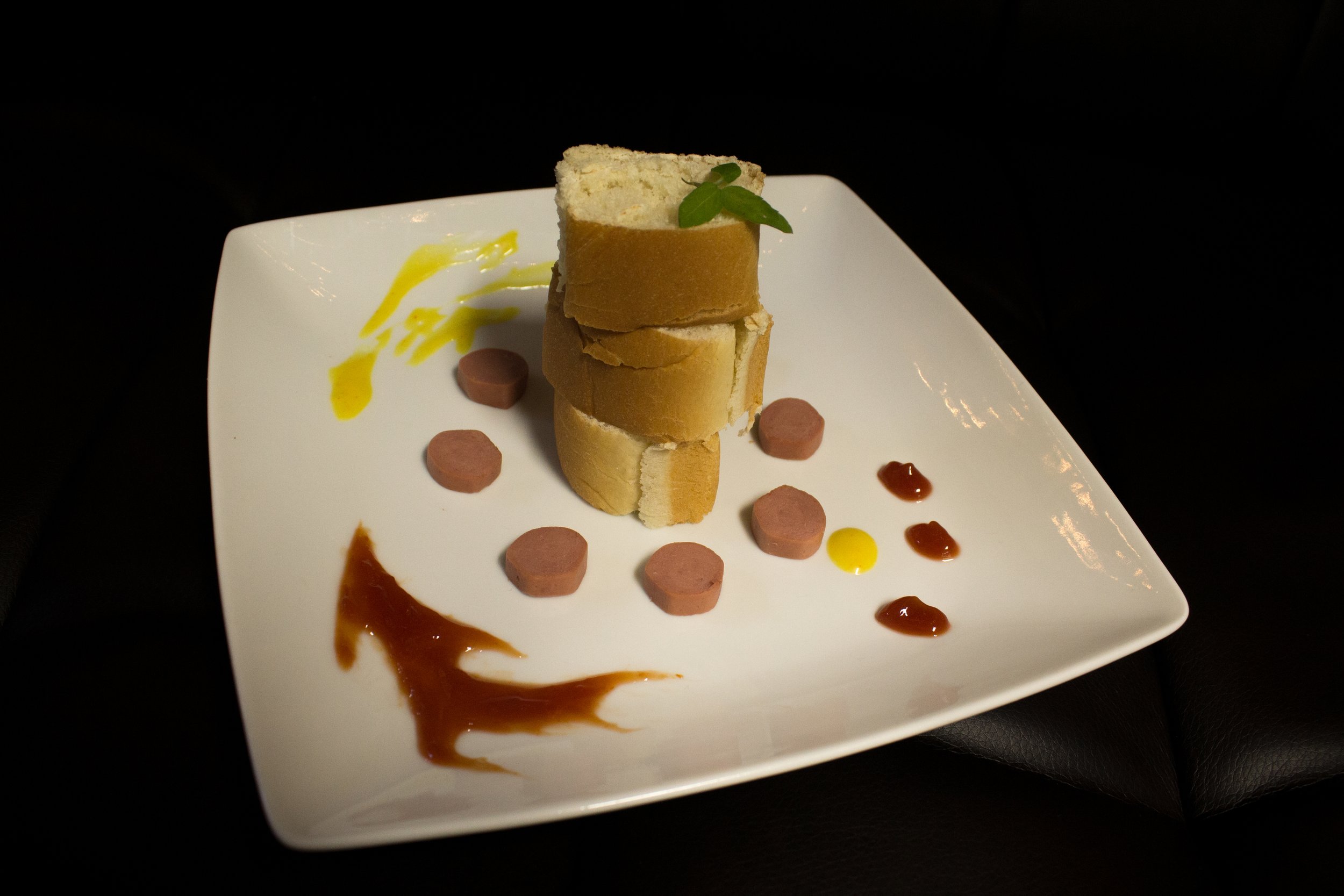

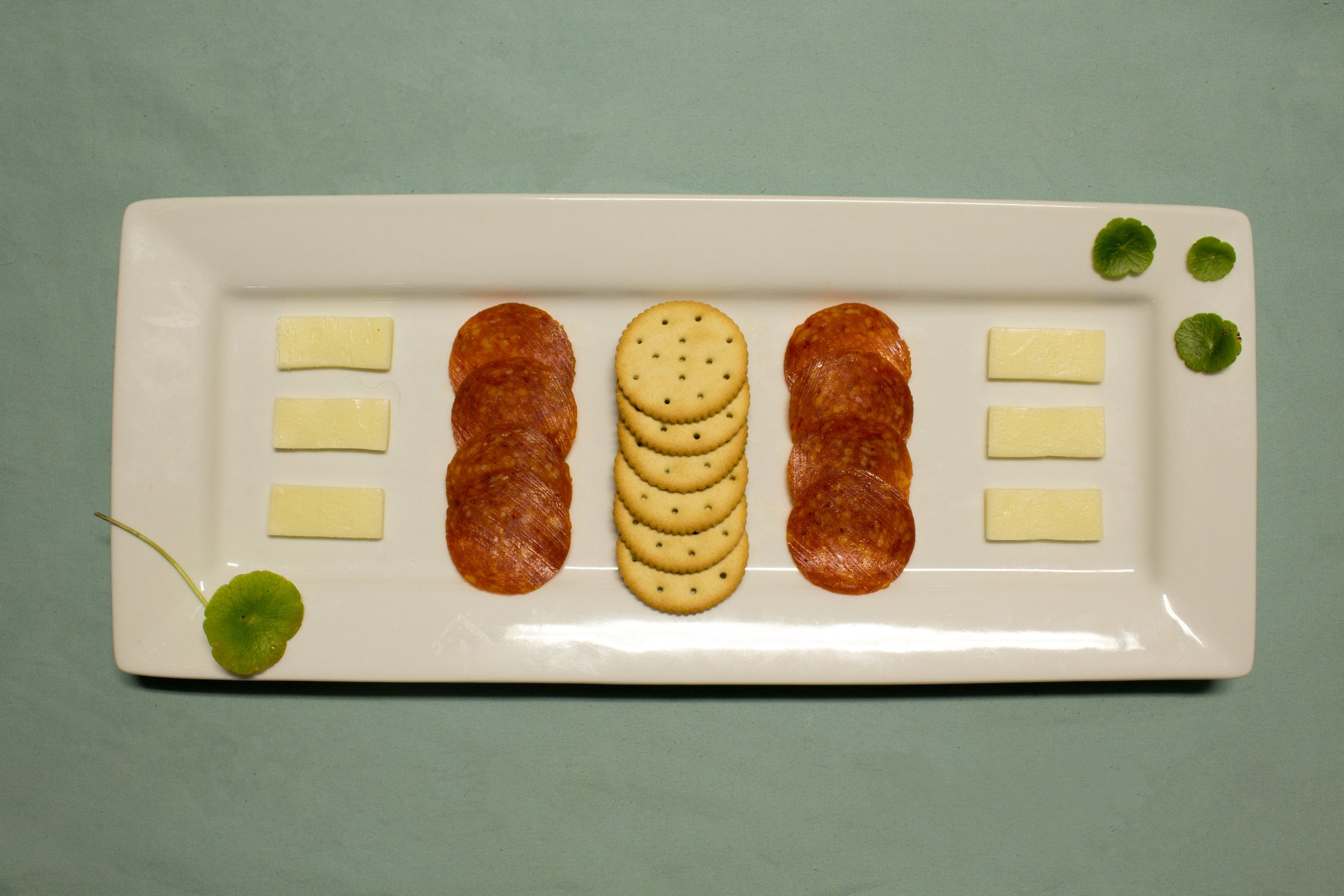


If you want to see what comes out of the mind and chopsticks of real experts however, here are some actual masterpieces that were shot by our lovely photography friend and frequent freelancer at the studio, Suzanne Clements:
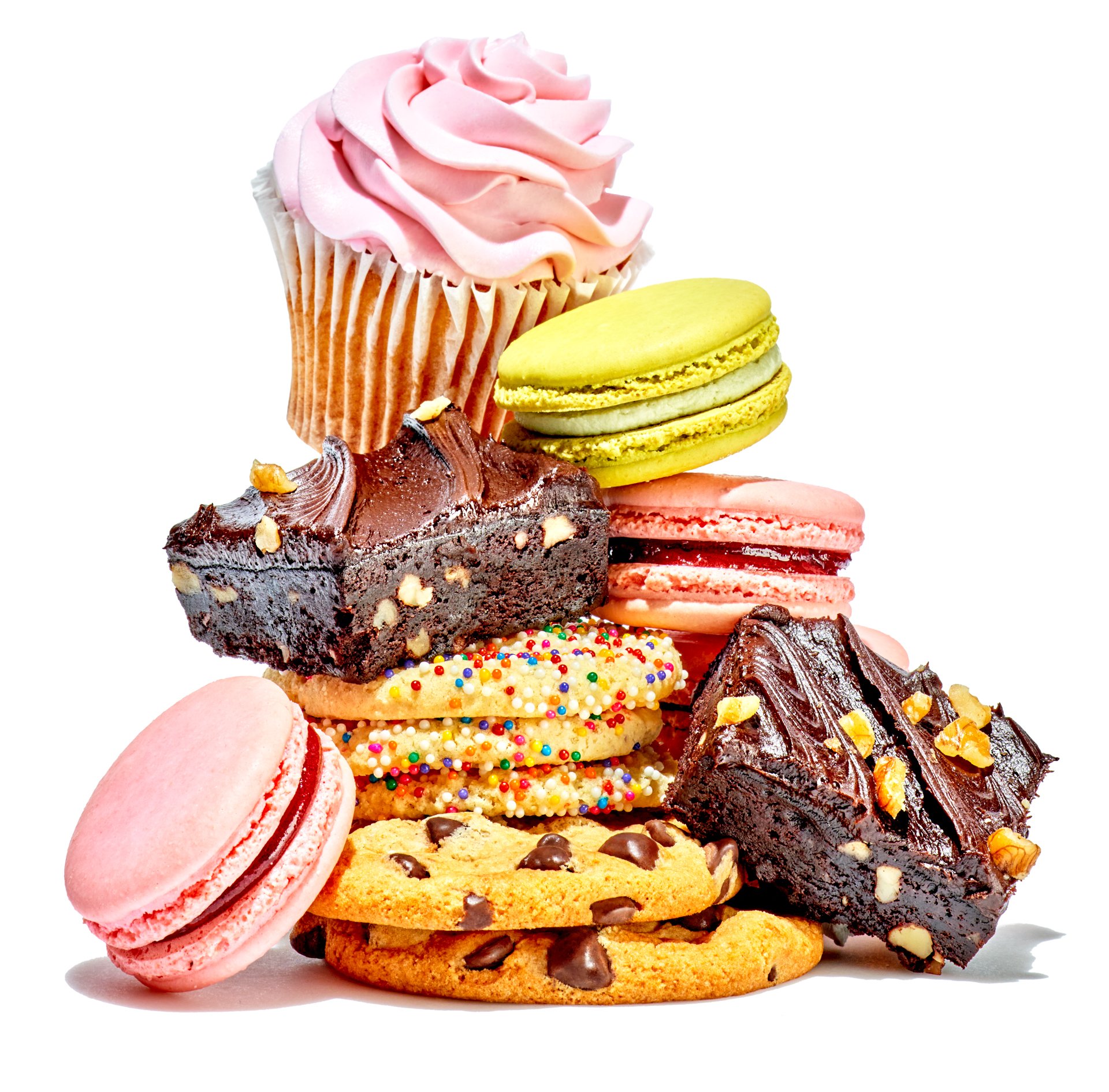
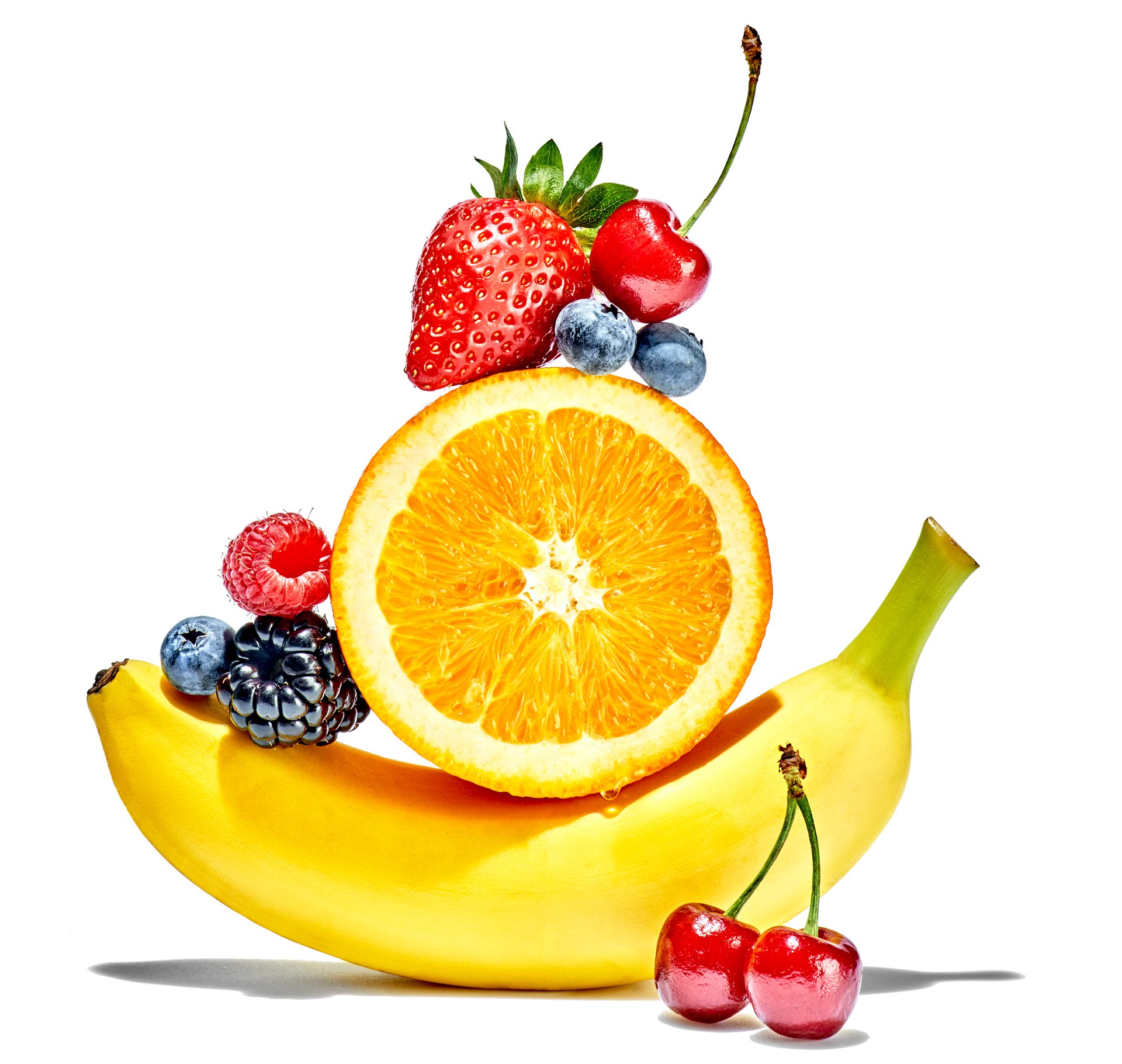
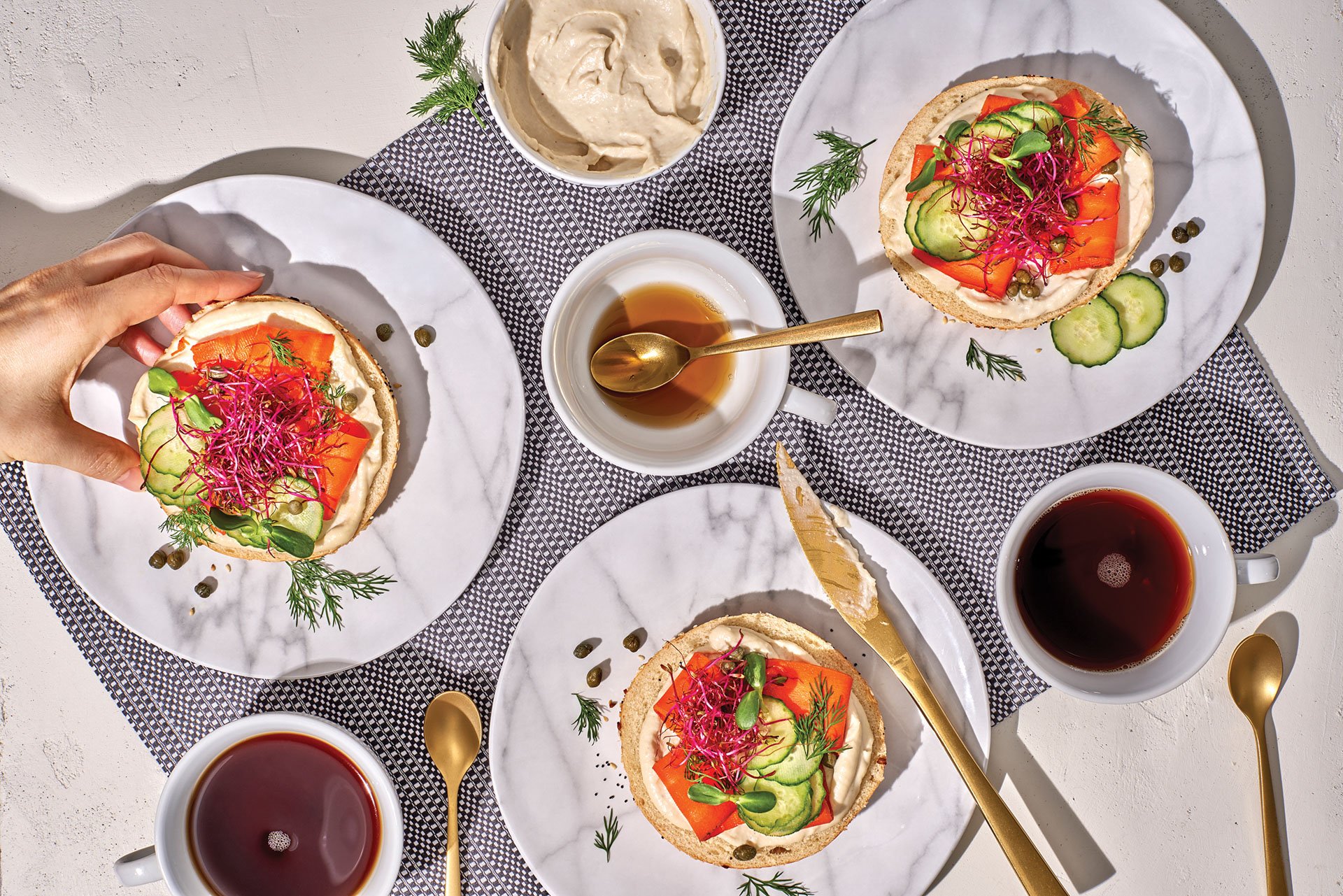
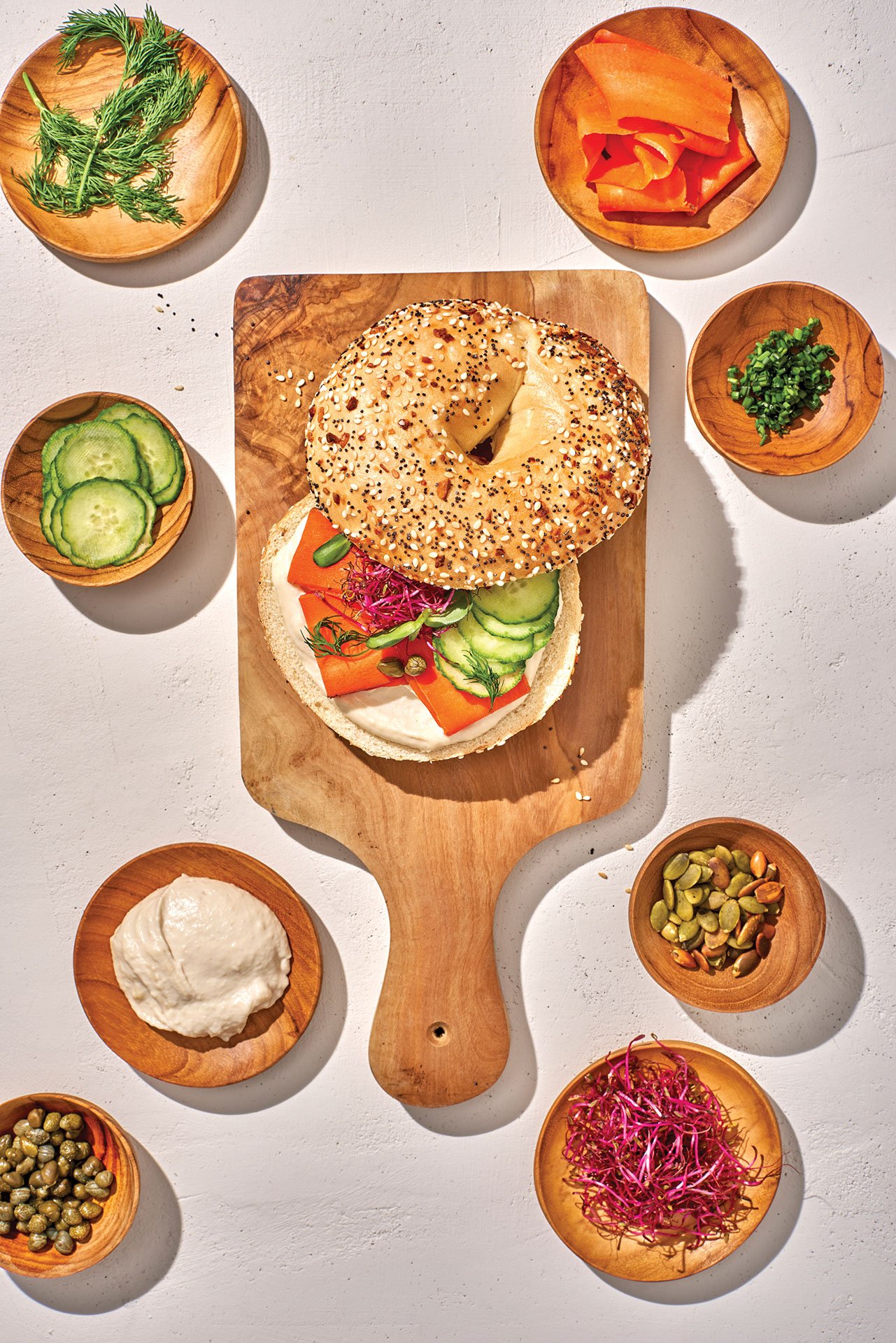

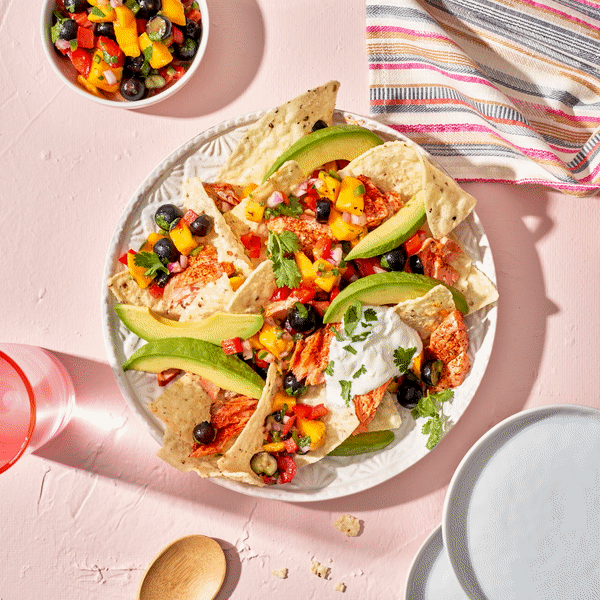
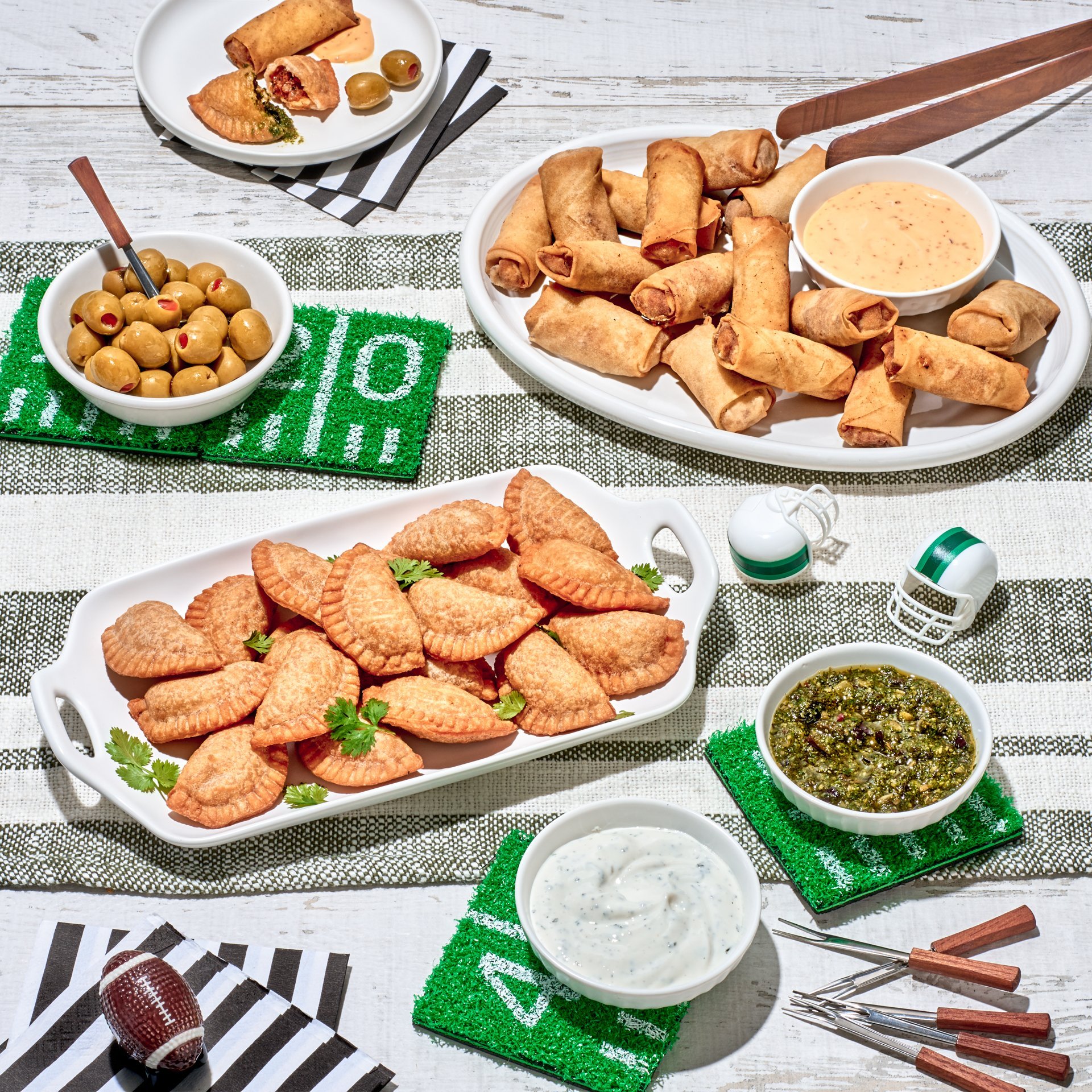
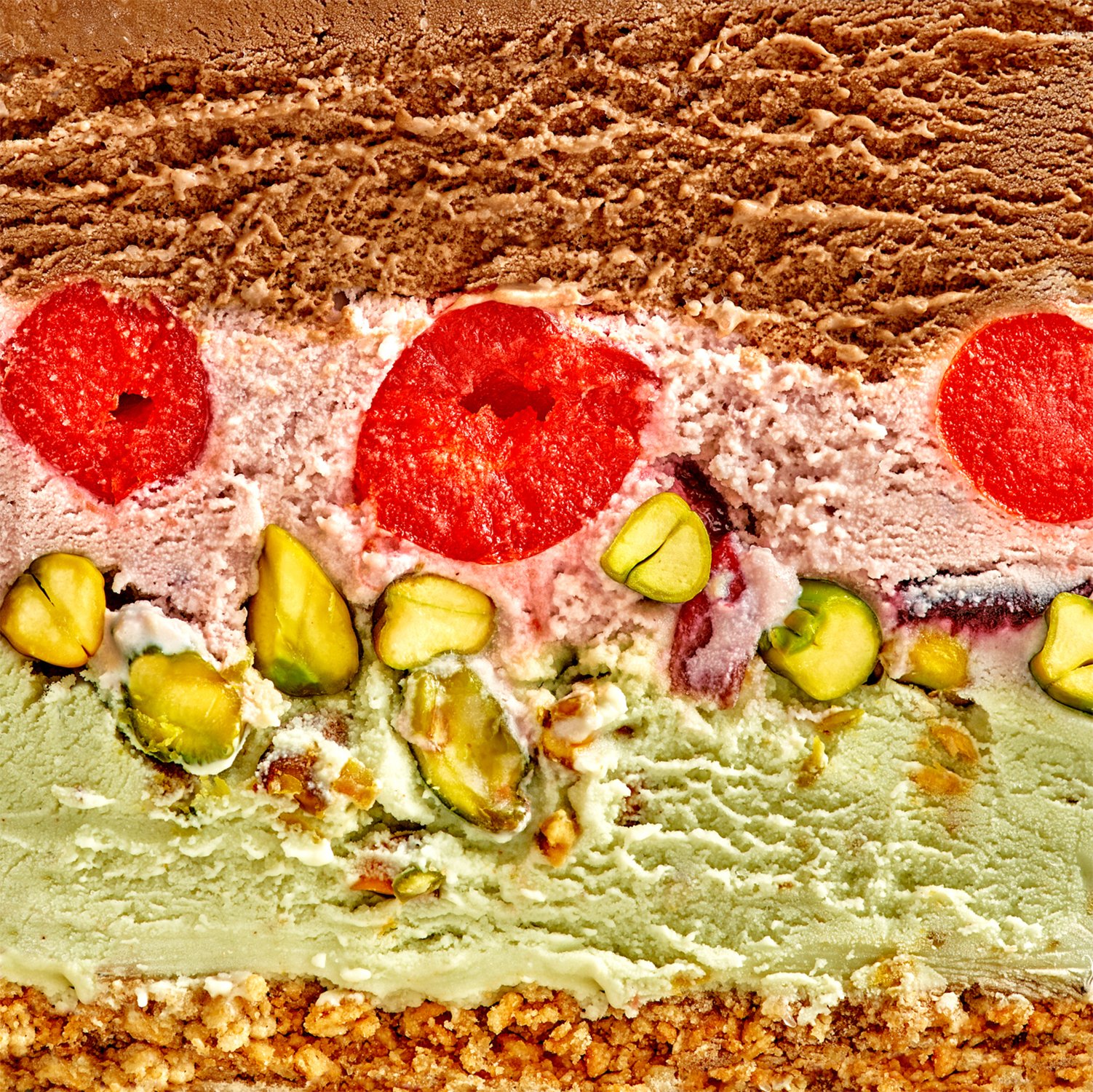
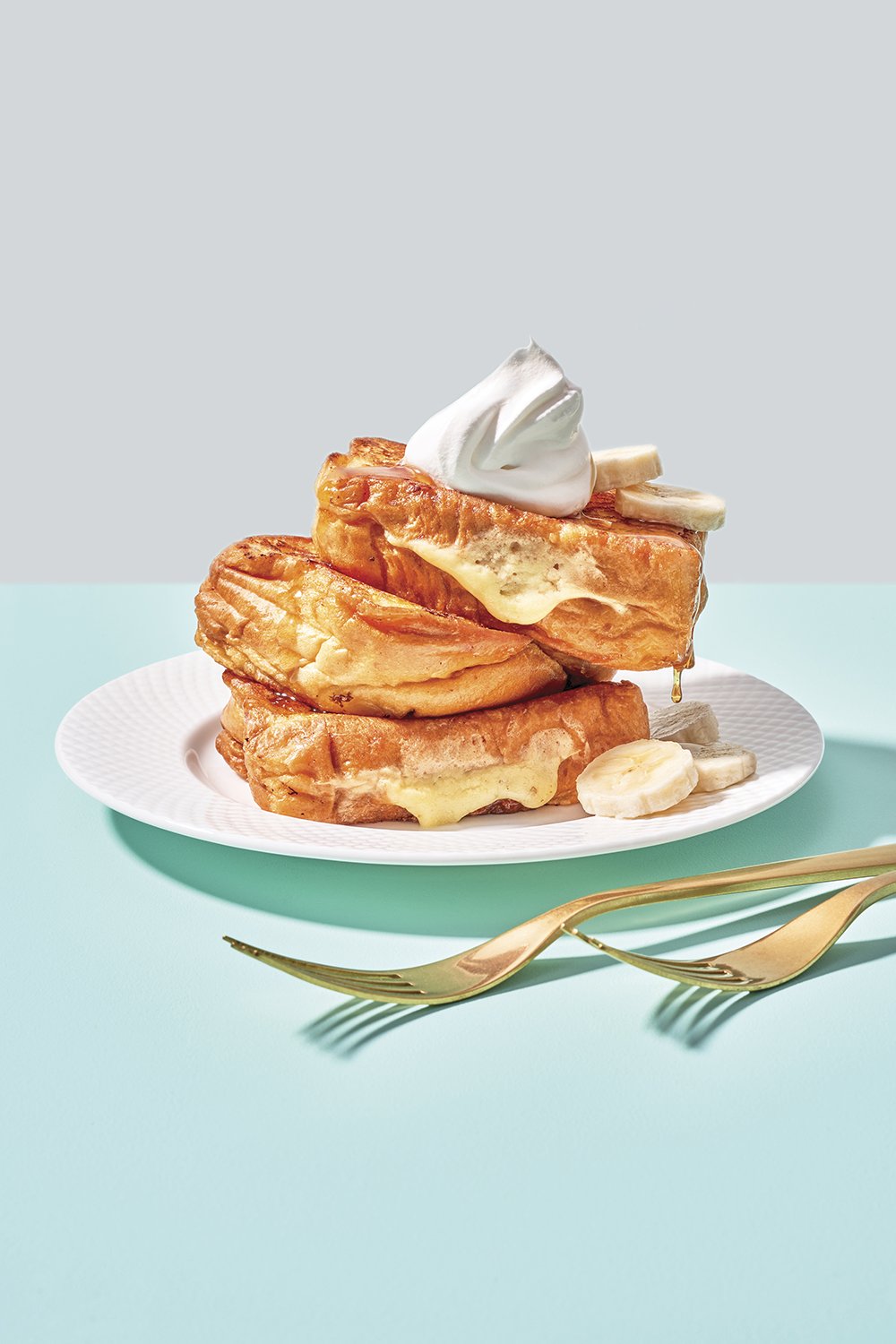
In regards to food-styling— that’s the gravy— but like everything else, take it with a grain of salt. You don’t need the whole picture to appreciate the idea that a plate can be a painting.
Post your food-styling creations on Instagram and tag us @nfocusproductions or email us your plate-paintings dmcgregor@getnfocus.com for a chance to be reposted on our story and/or hung up on our prep-kitchen fridge!
